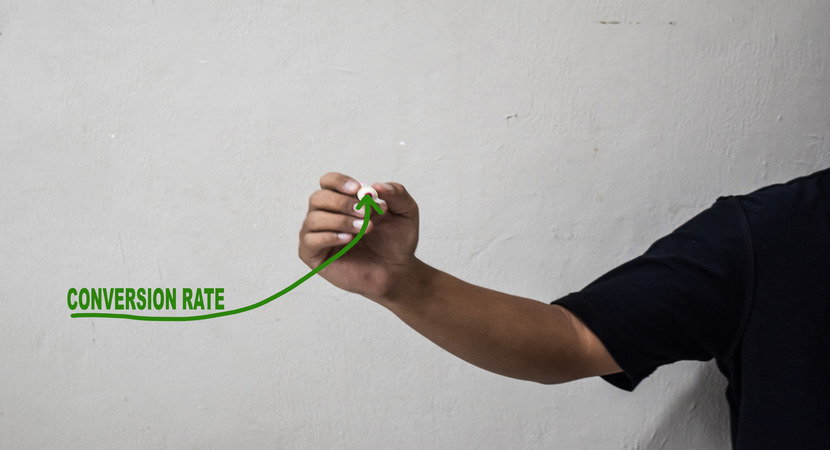Learn how to incorporate utility benchmarking into your multifamily utility management strategy to improve energy efficiency and save money.
You’ve heard the saying. “You can’t manage what you can’t measure.” And if you aren’t measuring utility consumption at your multifamily community, it may be costing you. Routinely measuring, tracking, and analyzing your buildings’ usage is an important part of any apartment utility management strategy. This is referred to as benchmarking. It’s one of the most effective ways to help you reduce utility consumption and expenses.
Benchmarking utility consumption gives you valuable insights
As noted by STRATIS, apartment communities waste 33% of the energy they consume, especially in heating and cooling. That’s why it’s important to understand where your buildings are wasting energy. Accessing this data is the first step in creating an effective utility management strategy. From there, you can easily improve energy efficiency and ultimately lower apartment utility expenses.
To help you understand certain metrics about your energy usage, benchmarking can bring these insights to light:
- How energy and water usage changes over time at the property level and portfolio level
- Which of your properties waste the most energy
- How property performance compares against others within and outside of your portfolio
- Where to prioritize investments for energy upgrades
Benchmarking data helps lower utility expenses
Measuring and analyzing your buildings’ efficiency can expose areas for improvement. And when you focus on fixing those inefficiencies, you’ll see huge savings. Fannie Mae’s Multifamily Energy and Water Market Research Survey backs this up. It shows how buildings with similar characteristics can have vastly different energy costs. Basically, it all comes down to efficiency. For example, your least efficient property may cost you $165,000 more in annual energy costs than a similar property that is more energy-efficient. That’s substantial.
Understanding which buildings in your portfolio are the most and least efficient is a first step for many apartment utility management initiatives. Here’s how some apartment communities use their benchmarking data:
- Prioritizing Retrofits: Benchmarking provides a foundation for all of your energy-saving efforts. It helps you set priorities for upgrades that are most pressing.
- Measuring retrofit success: Once you’ve completed your chosen retrofits, benchmarking data will validate your investments.
- Qualify for green financing: Green loans, such as Fannie Mae’s Green Rewards and Freddie Mac’s Green Advantage, give financing to multifamily firms that want to make their buildings more efficient. But to qualify, you need to produce benchmarking results.
- ENERGY STAR® certification: Not only is this accreditation good for the environment, but it also attracts renters. According to a recent study, buildings with an ENERGY STAR certification see higher rental rates. But to become ENERGY STAR certified, first you need to present your benchmarking data.
Using a utility benchmarking platform is simple
It’s not difficult to get started with utility benchmarking. You just need a tool to track and analyze your data. Here are the most common tools used by multifamily companies today:
- ENERGY STAR Portfolio Manager: This is the most widely-used online tool in the industry. Created by the EPA, Portfolio Manager helps you track energy and water consumption. Plus, you can set building targets and follow greenhouse gas emissions. Tracking over 100 different metrics, you can compare your building’s performance against national medians or similar buildings in your portfolio.
- HUD’s Multifamily Utility Benchmarking Toolkit: A spreadsheet-based tool designed to help you gather necessary information and document decisions.
- Using a utility management solution: If you work with a partner for utility expense recovery and AP processing, it’s likely they offer benchmarking services. You’ll gain access to easy-to-understand reports about your communities’ utility usage and trends. And, you can compare a property against other similar communities in the market.
How to capture property utility data
If you decide to conduct benchmarking in-house, it’s relatively easy. What it really comes down to is organizing data and entering it into a software tool. No special skills are needed beyond understanding the process and mastering your chosen platform.
But, the effort associated with data entry can vary with the size and complexity of your portfolio. To reduce data entry, you have options for automating the process. You can transfer utility data into a benchmarking tool in a few ways:
- Direct from your utility provider: Some utility providers will automatically populate whole-building data
- Work with a utility expense management provider: If you use a third party to process your utility AP, they may provide you with a benchmarking platform that will automatically populate your specific data
- Spreadsheet upload tools: You may have data already compiled within a spreadsheet for your properties. You can simply upload this to the platform’s portfolio manager dashboard
More apartment utility management strategies for property managers
Benchmarking is just one strategy multifamily companies use to manage utility expenses. Are you looking for more advice about benchmarking or controlling utility expenses? Then download Zego’s free eBook, The Ultimate Guide to Utility Management for Property Managers. You’ll learn proven tactics that curb spending, minimize usage, and recover costs.
This blog was contributed by Zego, a Rent Manager Integration and originally appeared on gozego.com

 Register for RMUC.25
Register for RMUC.25





